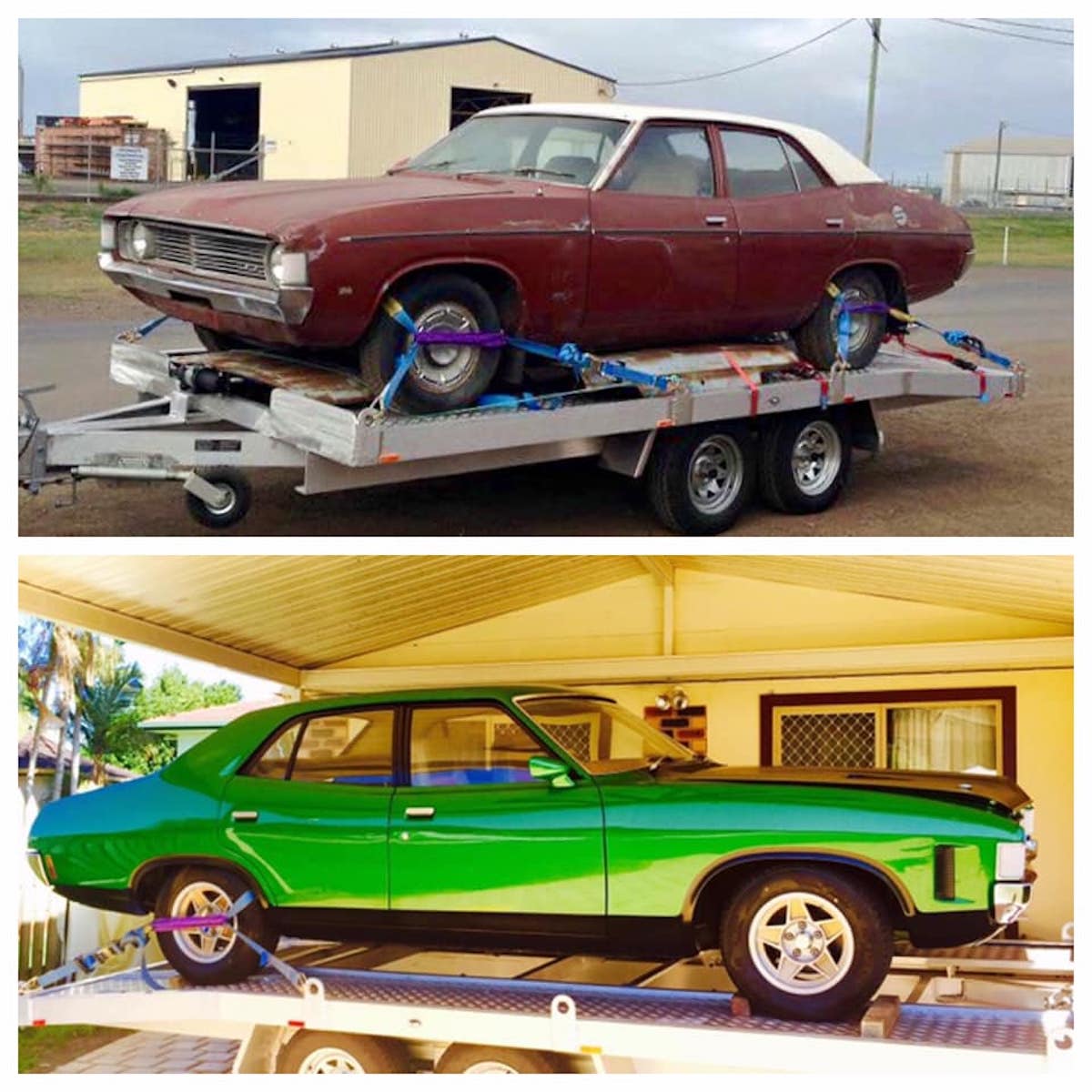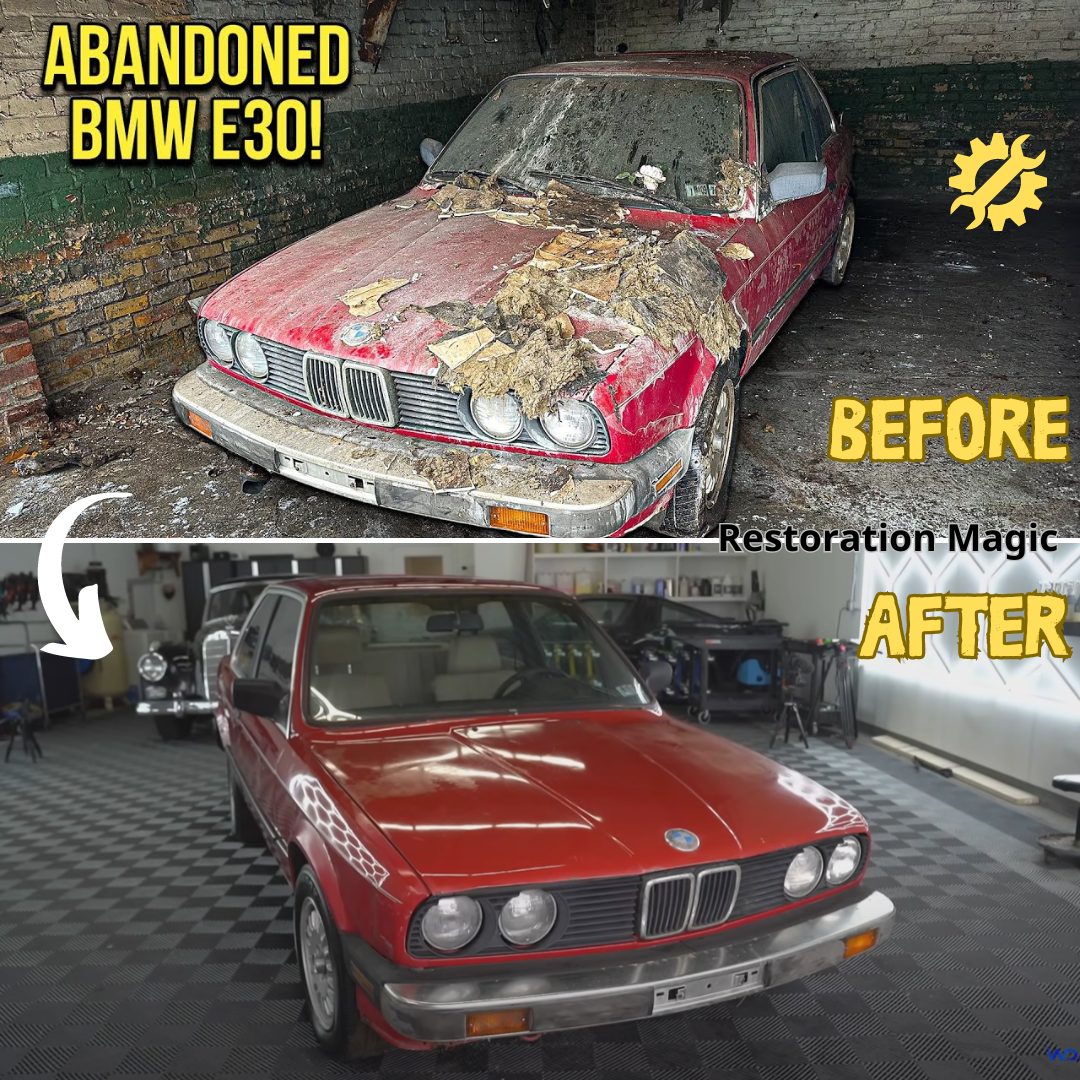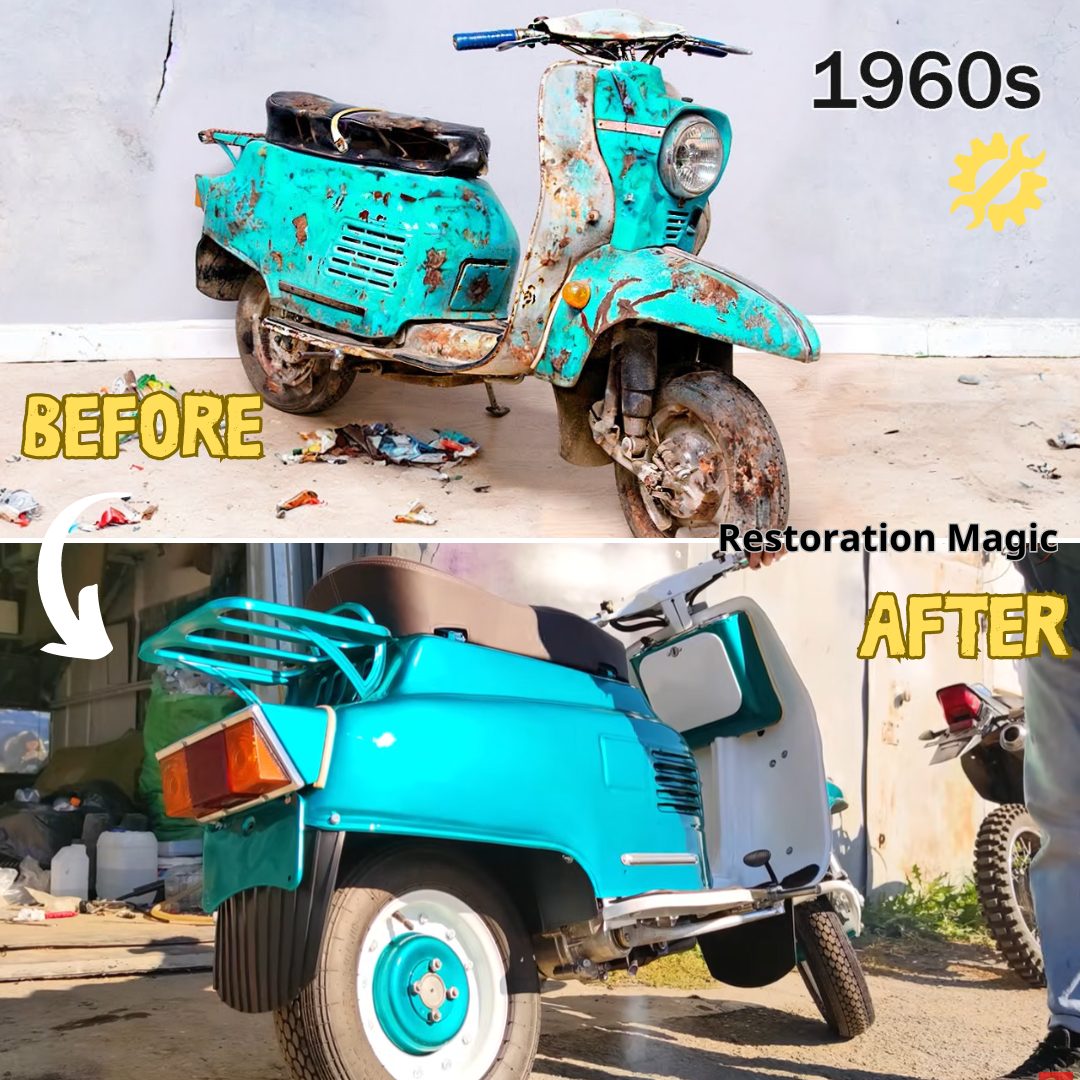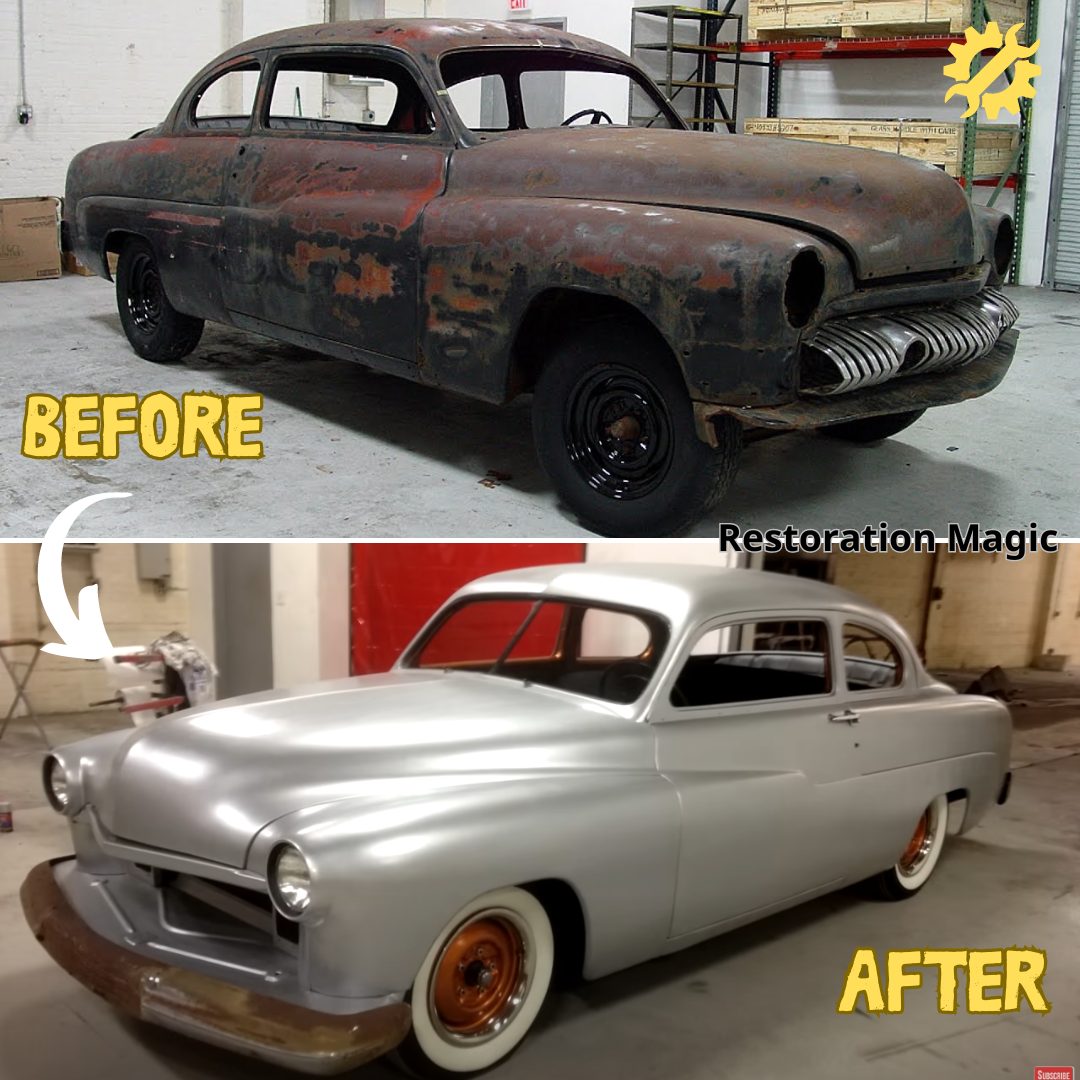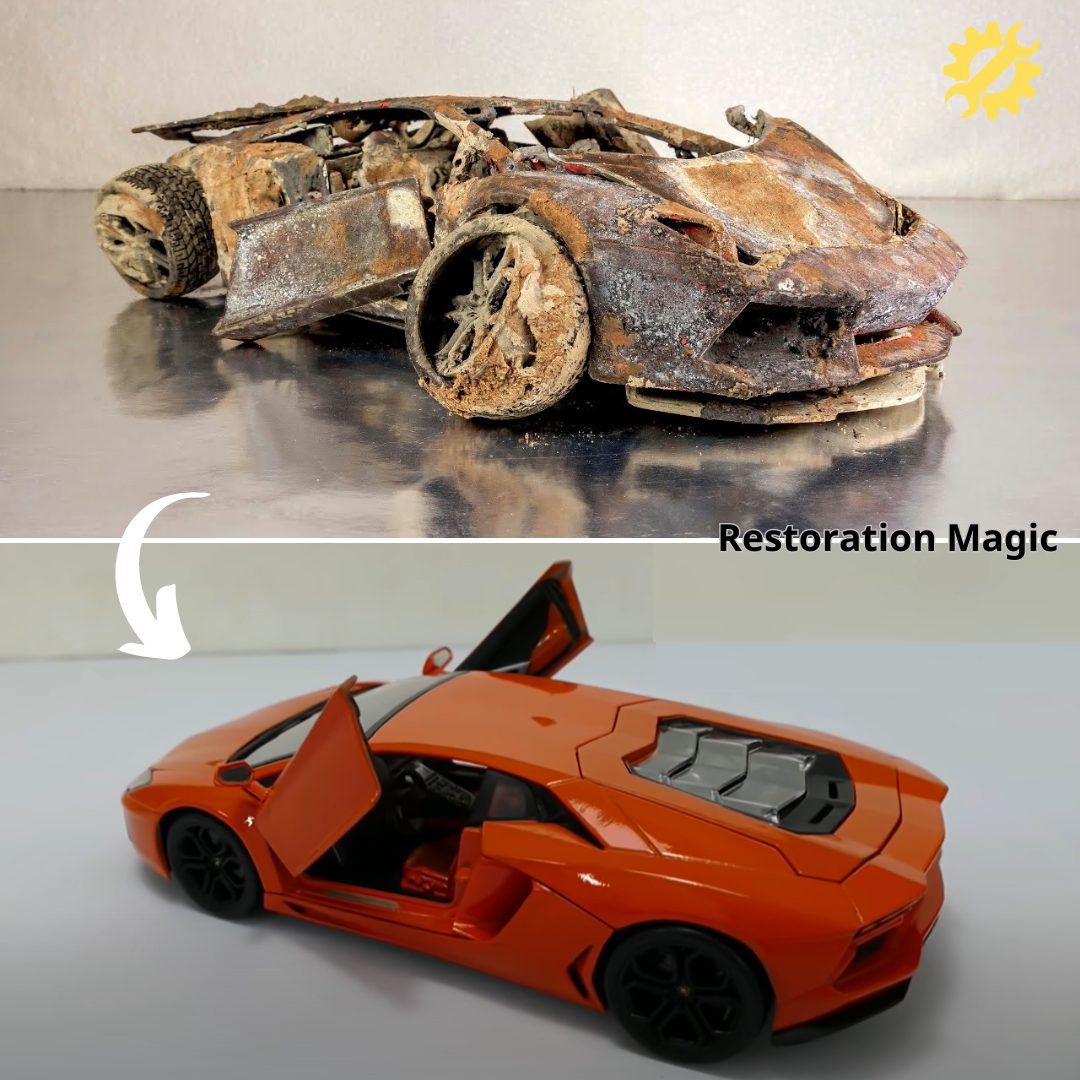Apple’s long-awaited Apple Car could have virtual displays on the inside instead of clear windows, according to a new patent.

The tech giant has filed a patent for a virtual reality (VR) vehicle system that matches up ‘virtual views’ with the physical motion of a car as it’s travelling.
For example, if the car was careering down a hill, the system could project a virtual image of a rollercoaster ride.
Chairs in the car would move about to match the visuals, the patent suggests, much like an immersive ‘4DX’ cinema experience.
But it would mean passing views of the real world – such as a beautiful medieval cathedral or stunning coastal hills – would be entirely replaced with virtual graphics.
Concept images of what the car could look like have been circulating on social media, leading to ridicule from some users – with one comparing it to a coffin.


(Video) Apple Car: Design firm creates bizarre concept images
The concept images pre-date the patent, although they show a black car with a sloped roof without much in the way of windows.
They were created by Concept Creator and LetsGoDigital, and are not Apple’s own design.
Apple Car has been in development for the best part of a decade, but there’s no word on when it might be officially revealed.
The new patent was granted by the US Patent and Trademark Office and listed on May 3.
‘The VR system may provide virtual views that match visual cues with the physical motions that a passenger experiences,’ Apple says in the patent.
‘The VR system may provide immersive VR experiences by replacing the view of the real world with virtual environments.
‘Active vehicle systems and/or vehicle control systems may be integrated with the VR system to provide physical effects with the virtual experiences.
‘The virtual environments may be altered to accommodate a passenger upon determining that the passenger is prone to or is exhibiting signs of motion sickness.’
The car would be capable of ‘projecting or displaying virtual frames to at least one window of the vehicle’, Apple says, to provide 3D virtual views to passengers.
Passengers wouldn’t have to wear a virtual reality mask; instead, the interior of the car would be the mask.
For this particular design feature to work, the car would be fully autonomous, and would drive itself along a pre-programmed route.
But it seems that the public aren’t too keen on the potential design.
One Twitter user, @ItsDanSheehan, said: ‘I always wanted a coffin that could commit vehicular manslaughter.’
@nowstartthegame also posted an image of a car sailing off a cliff with the words: ‘love my apple car’.
And @OrdinaryGamers joked: ‘I know Apple doesn’t like Windows but come on.’




Apple’s claims the design could help to combat motion sickness, typically experienced by passengers when they’re watching a film or looking at a display in the car.
Motion sickness occurs due to conflicts among the senses – when our eyes detect movement but the rest of our body does not.
‘Autonomous vehicles may have limited or even no windows, and thus the motions that passengers experience in such vehicles may not match what they are visually seeing, potentially causing motion sickness,’ Apple says.
Apple Car has been hotly anticipated for years, with several design firms creating artistic renderings of what it could look like.
Last year, Devanga Borah, a mechanical engineer at Tezpur University in India, revealed renderings of a bizarre white car consisting of a spherical pod that swivels around 360-degrees on four wheels.
Reminiscent of Apple’s eMac computer from 2002, the vehicle is painted in glossy white and features the Apple logo between the front and back sets of wheels.
UK car leasing firm Vanarama also created images of a sleek grey vehicle with sharp angles and a glowing Apple logo on the radiator grille.


Vanarama’s design also includes a customisable touchscreen dashboard and a Siri-like ‘intelligent automated assistant’ to oversee the driving.
‘Although there is virtually no way of knowing what the finished product will look like, these patents are perhaps the best indication as to the direction Apple is taking,’ said Vanarama CEO Andy Alderson.
In 2016, ConceptsiPhone created a video of a possible Apple Car prototype, featuring a wide dashboard display, connectivity to other Apple devices, and the company’s trademark minimalist design.
Recent reports suggest work on the Apple car is still ongoing, even though the tech giant is very secretive regarding its progress.
In November, it was revealed that Apple had hired Christopher Moore, a former Tesla Autopilot software director.
‘The move suggests Apple is plowing ahead with attempts to develop self-driving technology, a high-stakes race with automakers such as Tesla,’ Bloomberg said.
‘Moore is joining a division known for its secrecy – Apple has never publicly laid out its car plans – and frequent turnover.’
Video: 2016 concept shows Apple Car design

Apple CEO Tim Cook confirmed Apple is working on building a car in a brief interview with Bloomberg in 2017, although he said his firm is ‘focusing on autonomous systems’ more than a physical vehicle.
‘We sort of see it as the mother all AI projects,’ Cook said in the interview. ‘It’s probably one of the most difficult AI projects to work on.’
The firm is targeting 2024 to produce a passenger vehicle, according to sources cited by Reuters at the end of 2020, although the Covid pandemic may have pushed this back.
Back in 2015, Apple board member Mickey Drexler told Business Insider that Steve Jobs considered building a car before he died in 2011.
APPLE CAR TIMELINE
While little is known about the development and progress of the Apple Car, rumours have long abound:
2008 — Then-Apple CEO Steve Jobs first expresses an interest in an Apple Car in the wake of both the launch of the original iPhone and the release of Tesla Motor’s first car, according to iPod inventor Tony Fadell and Apple board member Mickey Drexler.
2014 — An electric car project, codenamed ‘Titan’ is allegedly given the go-ahead by Apple CEO Tim Cook.
2015 — Apple is said to have hired new employees for the project, alongside meeting with self-driving car experts and GoMentum Station, a California-based testing ground for autonomous vehicles. The firm hires Daimler Trucks subsidiary Torc to fit sensors to two Lexus SUVs in a project known internally as ‘Baja’.
2016 — Bloomberg reports that Apple has decided to switch its priority over to developing software to power self-driving solutions. However, sources suggest that the firm is still looking to ultimately create a car of its own.
2017 — Tim Cook acknowledges that Apple is working on self-driving technologies. Rumours arise that the firm will be testing autonomous cars on California roads.
2018 — Apple registers 27 self-driving cars with California’s Department of Motor Vehicles. The firm enters a rumoured partnership with Volkswagen to produce an autonomous electric shuttle bus. The FBI charge a former Apple employee for stealing trade secrets relating to project Titan. In August, an Apple self-driving car is rear-ended during road testing.
2019 — Drive.ai, an autonomous vehicle start-up, is acquired by Apple.
2020 — Reuters reports that Apple is working towards a possible Apple Car launch in 2024.
2021 — Industry scuttlebutt has it that Apple is in talks with Hyundai and Kia to jointly produce self-driving electric cars, but the vehicle manufacturers deny this. More rumours emerge of a 2024 launch goal — this time in collaboration with Toyota and its Korean partners.
Share or comment on this article: Apple Car could be windowless, patent suggests.
